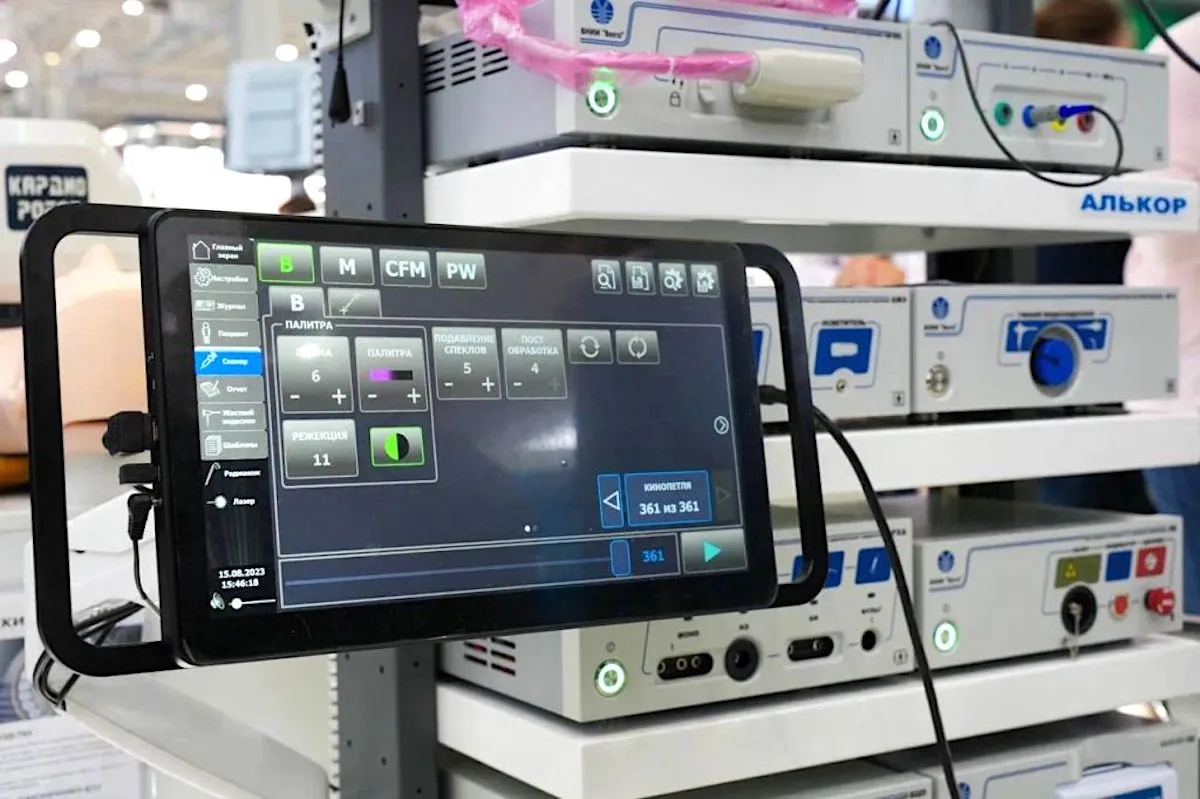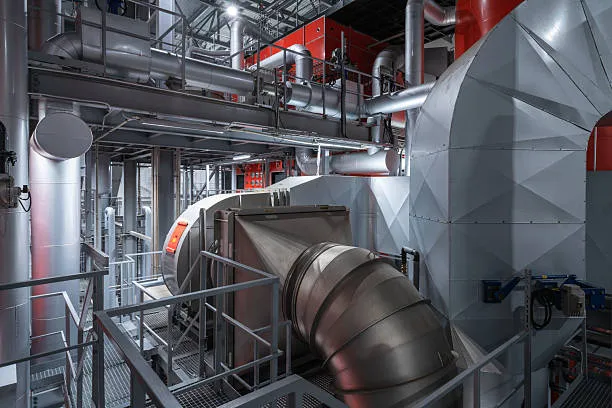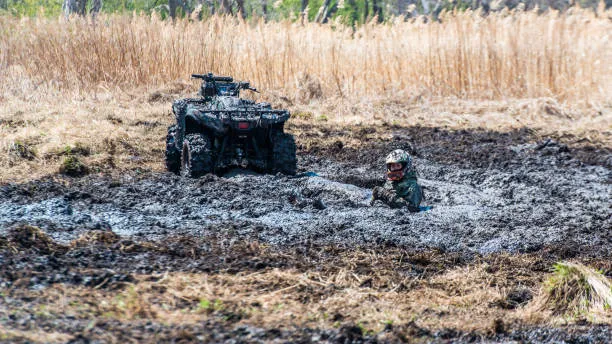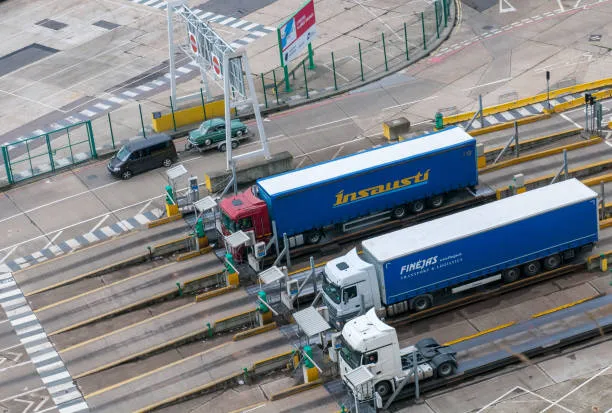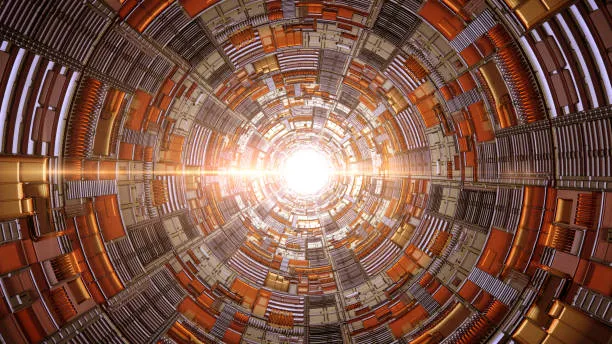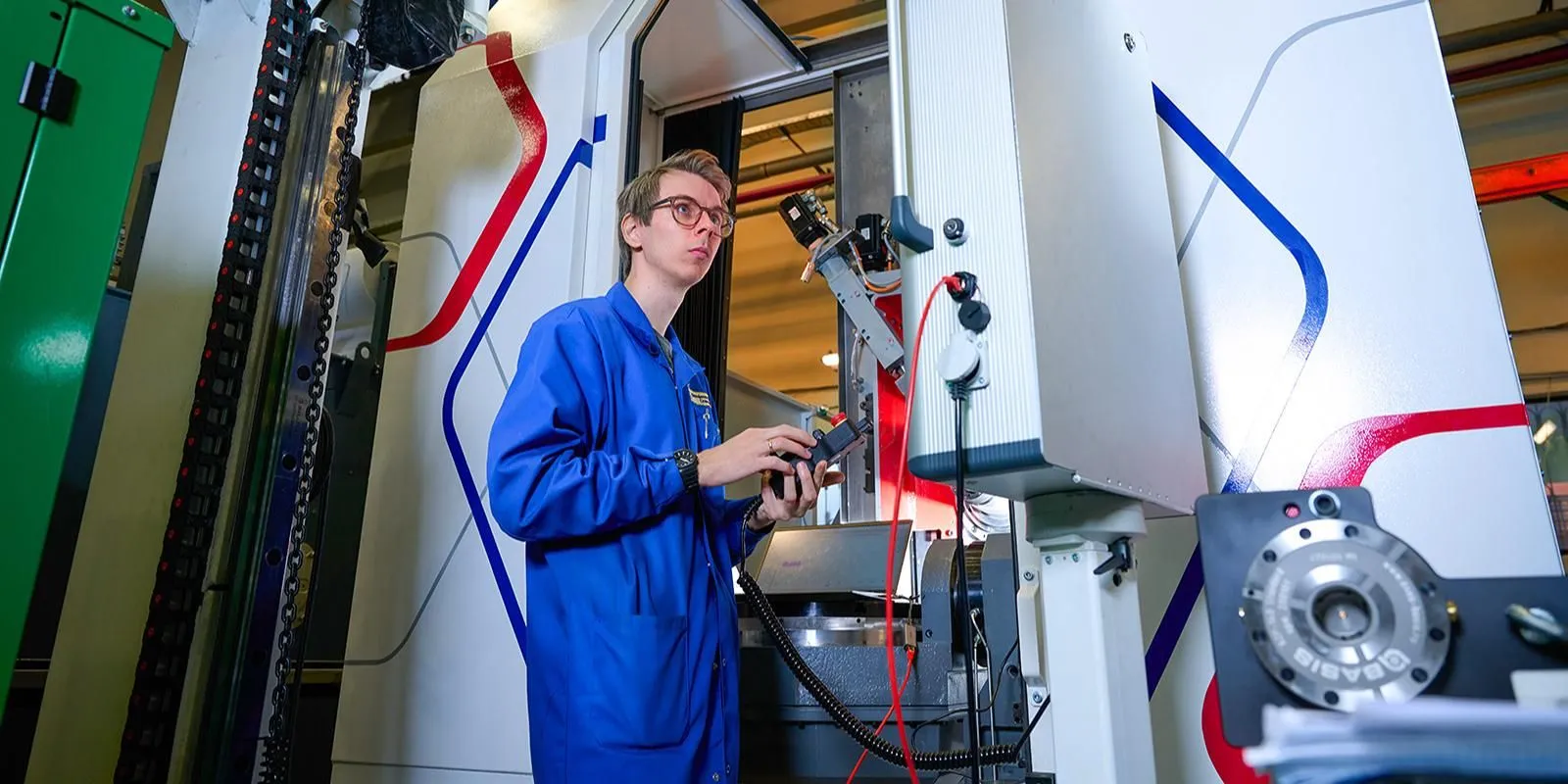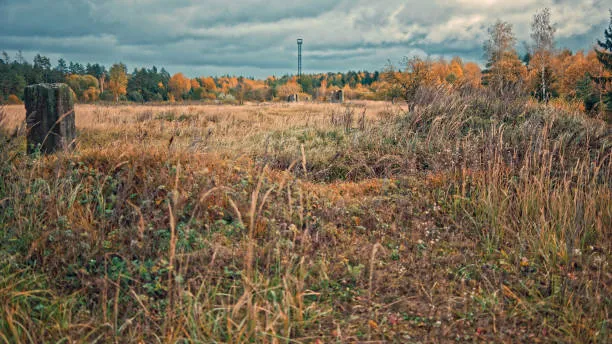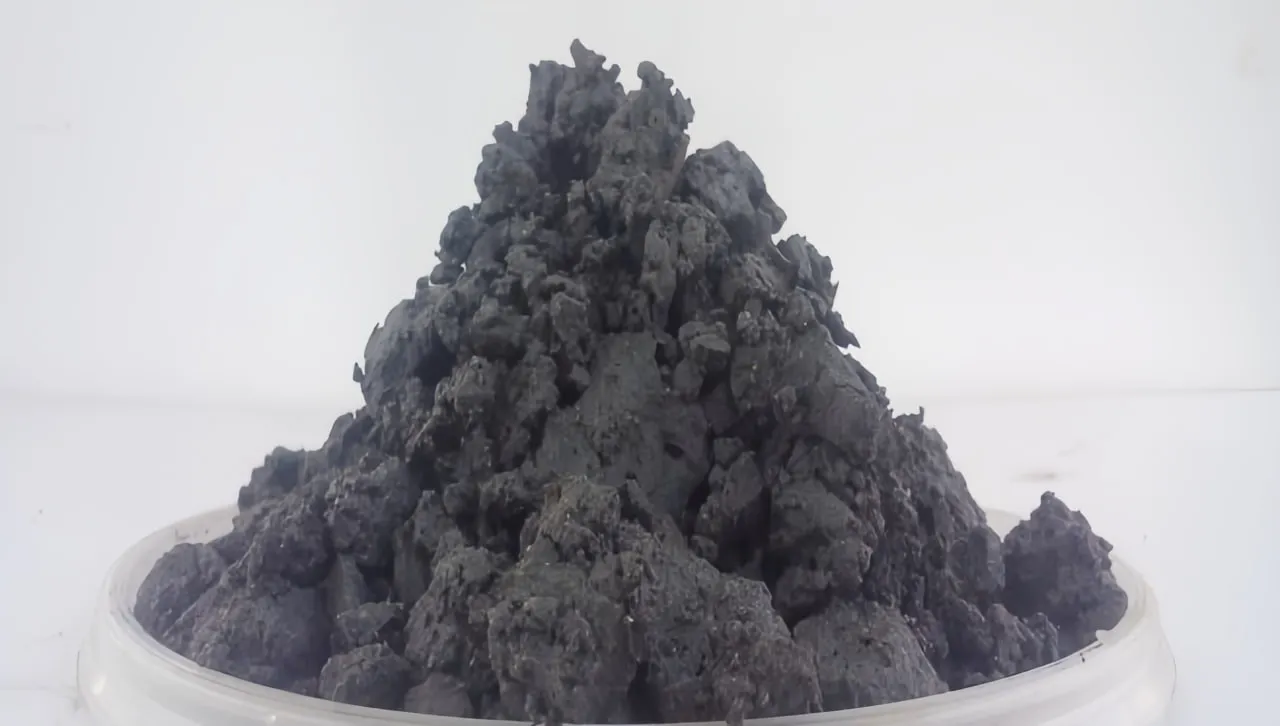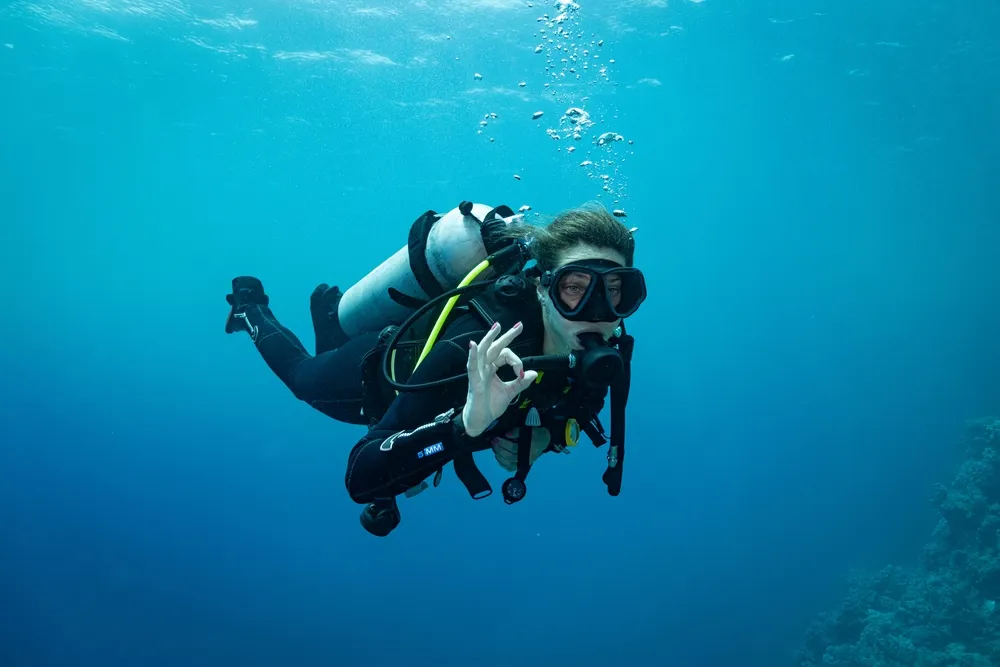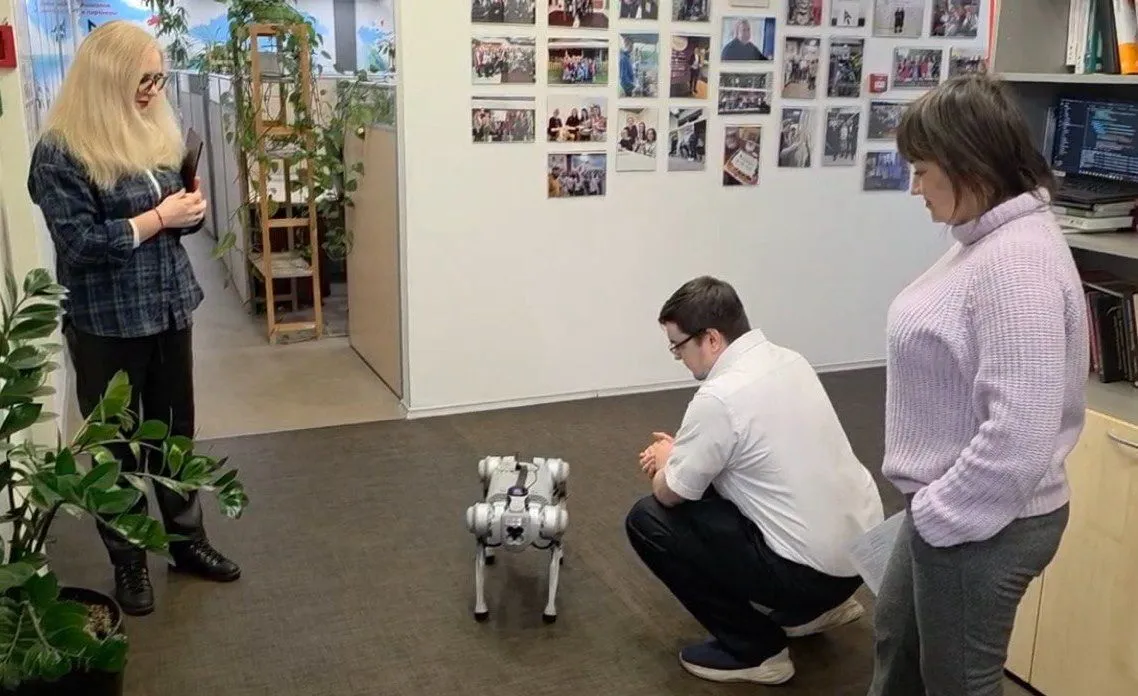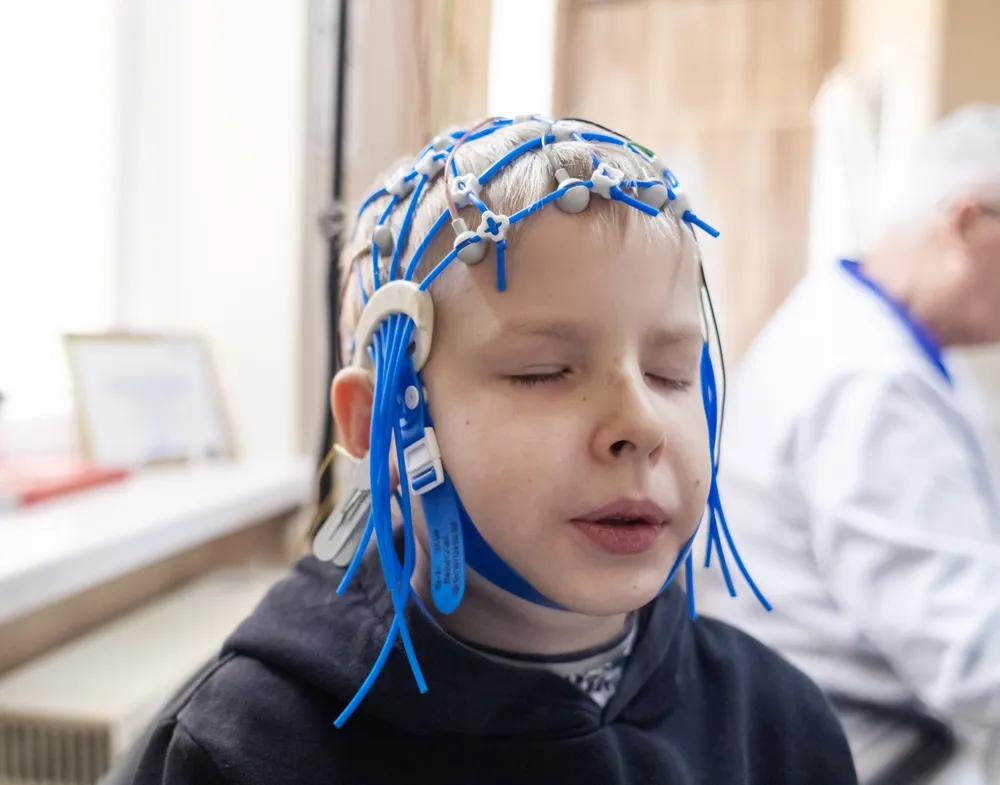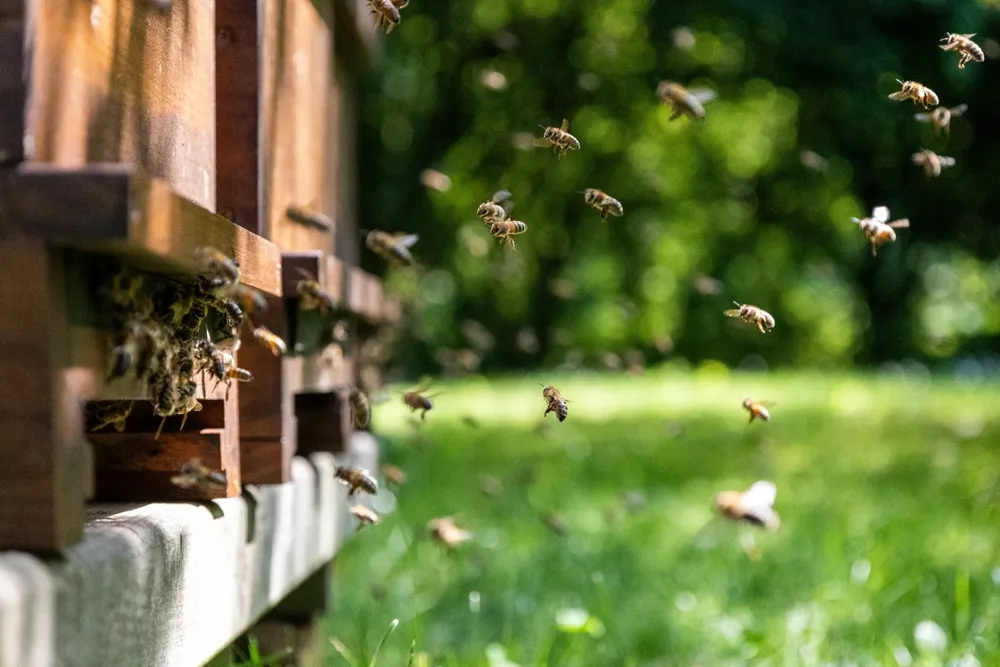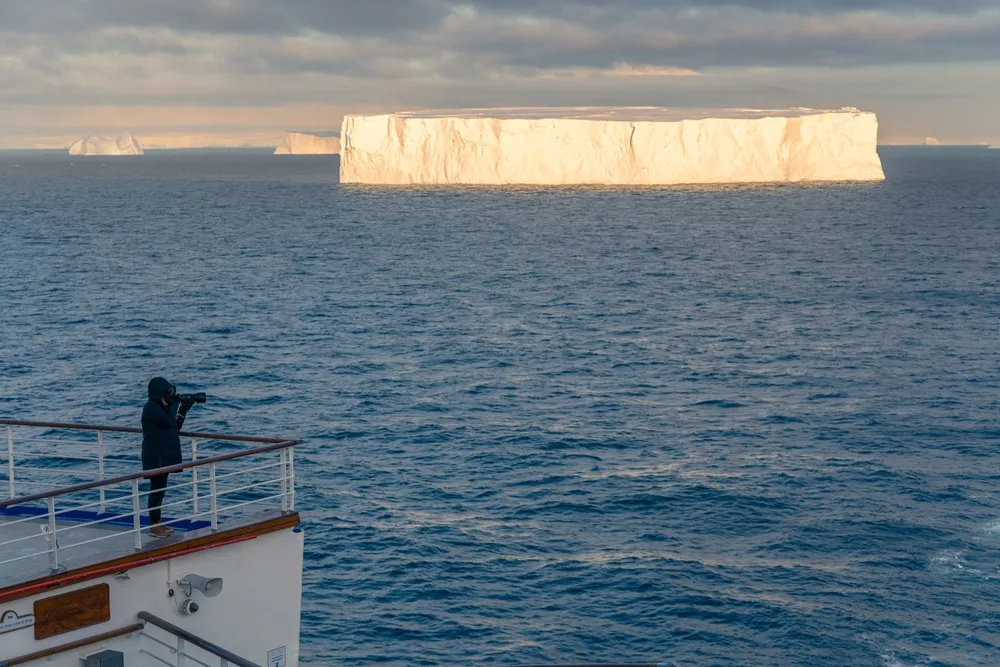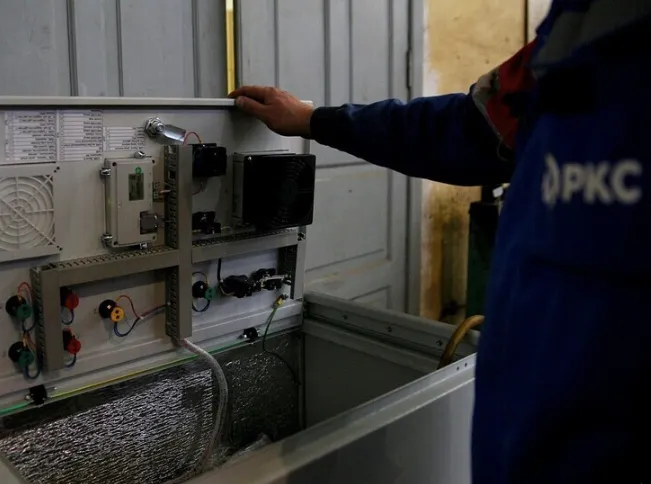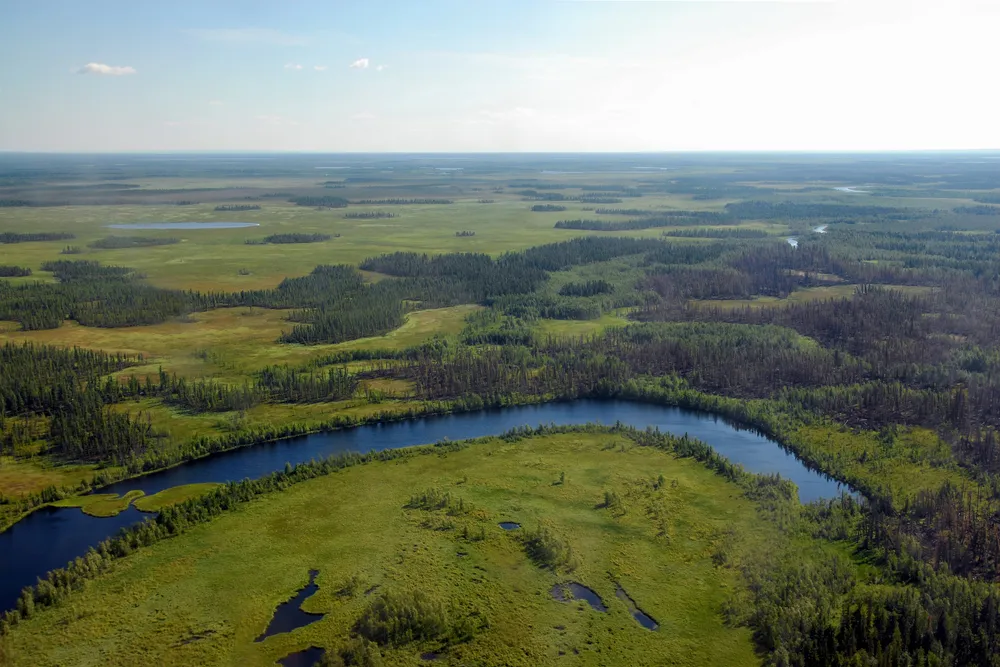AI Takes Aim at Coastal Pollution in Russia
The nationwide “Clean Coast” project unites satellites, drones, and neural networks to protect Russia’s most fragile shorelines.
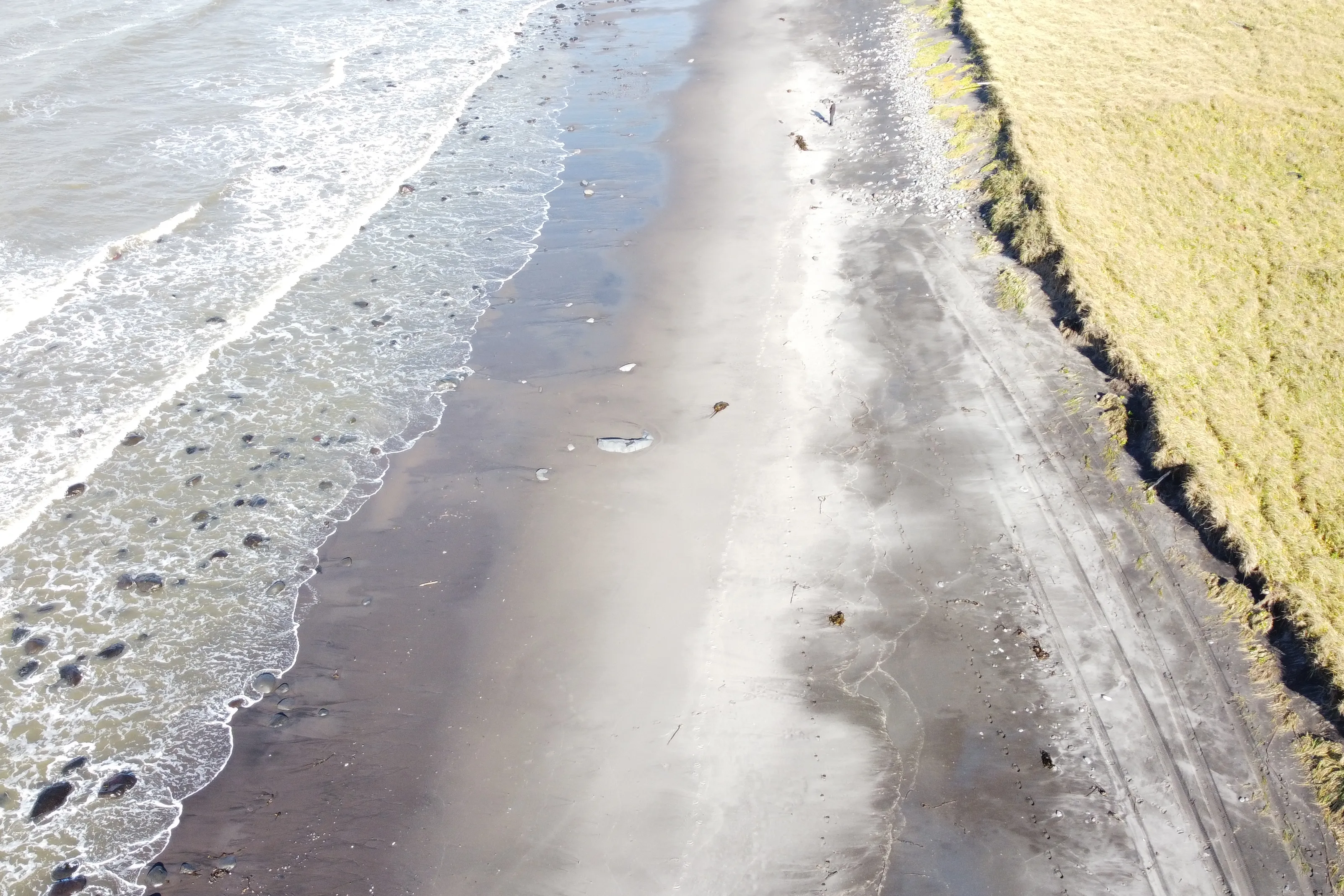
A large-scale environmental initiative called “Clean Coast” has launched in Russia, harnessing artificial intelligence to detect and combat marine litter along the country’s coastlines.
The technology analyzes satellite imagery and drone footage to locate waste accumulations, identify material types, and estimate volumes with high precision. It also assesses environmental damage — helping scientists and conservationists develop more targeted cleanup strategies.
A Smarter Way to Protect Nature
The system replaces labor-intensive field surveys with automated digital maps of pollution hotspots, giving volunteers and park rangers actionable data.
The Clean Coast initiative was created as a joint project between Yandex Cloud’s Center for Social Technologies, Far Eastern Federal University, and the Kronotsky Reserve. The neural network is trained to recognize various types of waste — from plastic bottles to discarded fishing gear — along kilometers of shoreline.
Expanding Nationwide
An educational program is now teaching activists and volunteers across Russia how to use the new tools. The first field trials proved highly effective — around three tons of waste were collected this year along the South Kamchatka Nature Reserve coast.
With its early success, Clean Coast is expanding from Kamchatka and the Far Eastern Marine Reserve to Primorsky Krai, Kaliningrad, and Dagestan, setting a model for how AI can power environmental restoration at a national scale.




